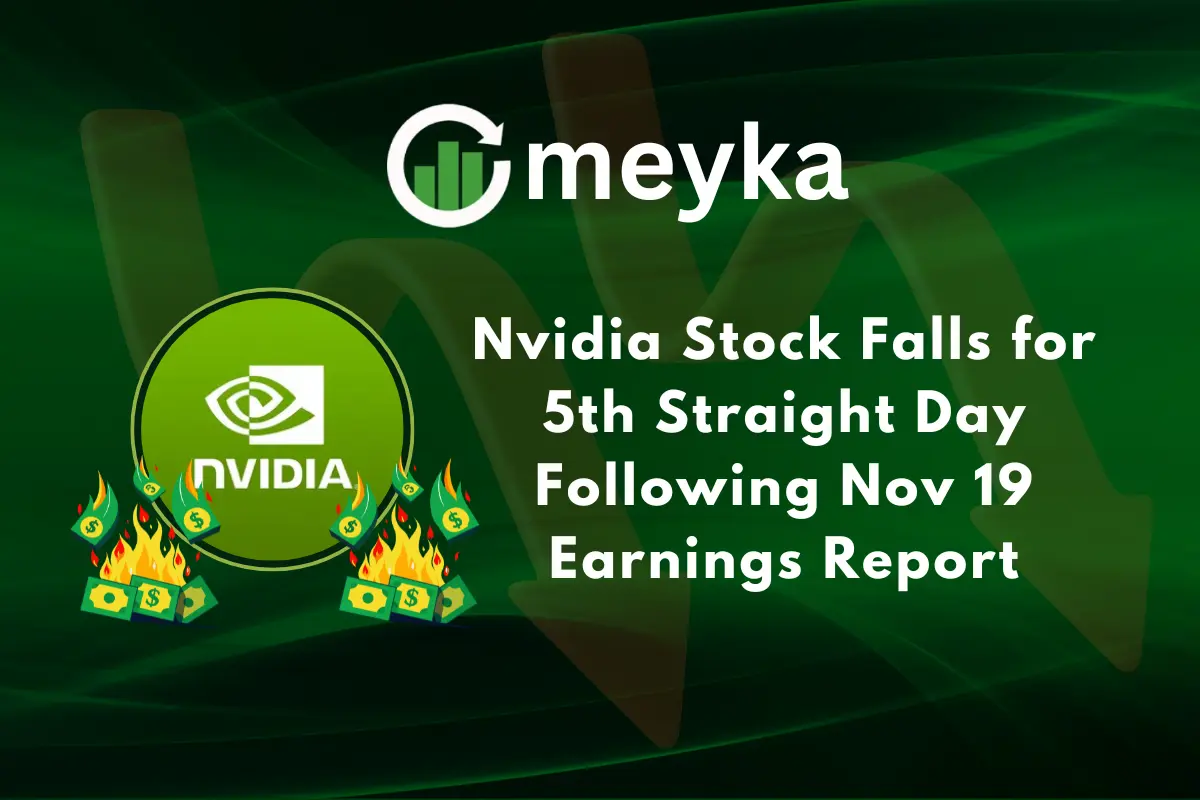Nvidia Stock Falls for 5th Straight Day Following Nov 19 Earnings Report
Nvidia’s stock has been under pressure since it released its earnings on November 19, 2025. The company is known for leading the AI chip race, yet its shares have now fallen for five straight trading days. This drop has surprised many investors. Nvidia beat some expectations, but the market reacted in a different way. The fall shows how sensitive tech stocks can be when forecasts shift, even slightly.
Many traders expected stronger guidance because Nvidia has been a key winner in the AI boom. But the company’s outlook raised new questions about demand, supply limits, and global rules on chip exports. These factors created worry, and that worry spread fast. As a result, confidence dipped, and selling pressure grew.
This decline also highlights a bigger trend. Investors are watching the entire chip sector closely. Even strong companies face rough weeks when the market mood changes. Nvidia’s recent slide shows how quickly the story can shift, even for a giant in its field.
What happened to Nvidia’s Stock after the Earnings Report?
Nvidia released its fiscal third-quarter results after markets closed on November 19, 2025. Analysts expected earnings of about $1.25 per share and revenue of roughly $54.9 billion, up around 56% year over year. The stock moved sharply in after-hours trading and then fell across the next five regular sessions. Market commentary pointed to a large potential swing in valuation around the report.
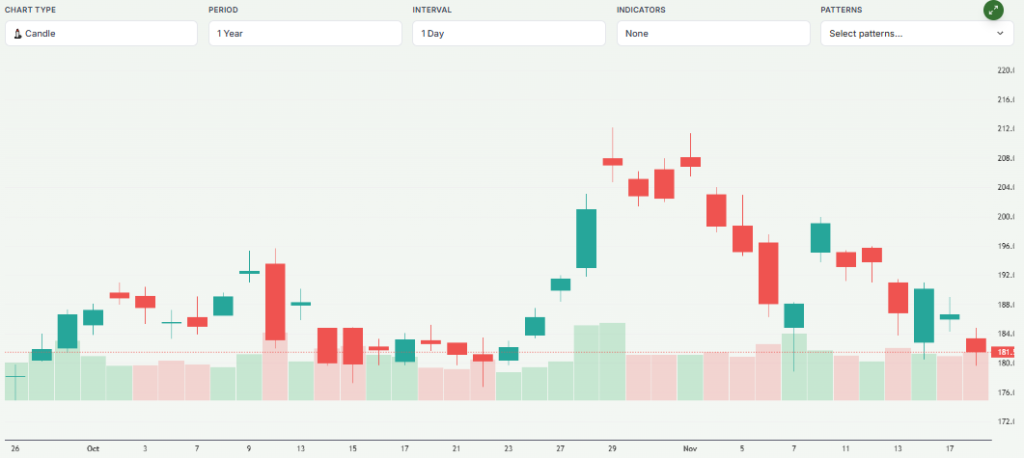
Reasons Behind the Nvidia Stock Five-day Decline
First, forward guidance raised doubts. Even if some metrics beat forecasts, cautious guidance can cut investor appetite. Analysts had high expectations for revenue and data-center demand. When outlooks sounded tempered, selling followed.
Second, rotation away from richly valued tech names amplified the drop. Broad indices weakened ahead of Nvidia’s release. That left large tech firms vulnerable to profit-taking. Market fear pushed volatility higher and triggered multi-day selling in Nvidia shares.
Third, competition and supply concerns added pressure. Rivals such as AMD and Intel have advanced designs and custom solutions. Buyers now evaluate alternatives more closely. Export rules and geopolitical tensions also remain an underlying risk for sales into key markets. Statements about global demand and trade policy contributed to investor caution.
Analyst Reactions and Price Targets
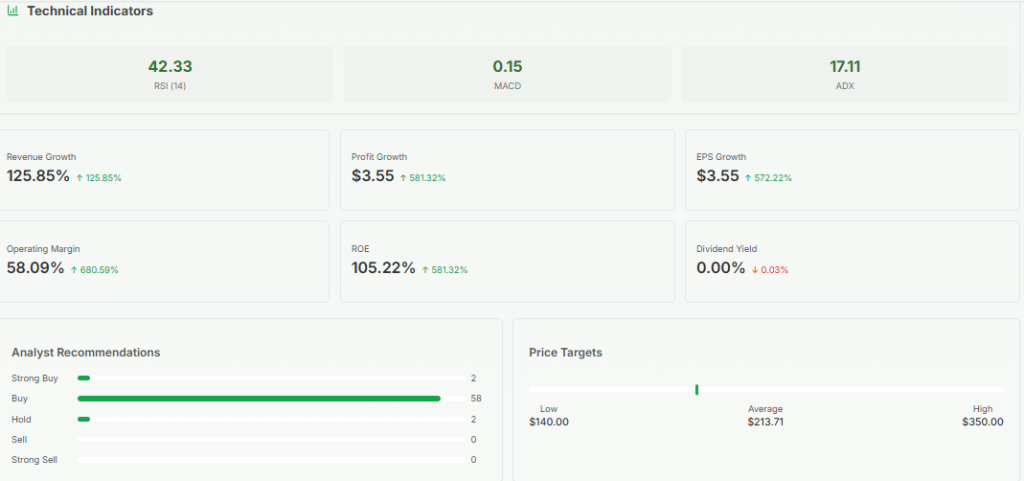
After the report, several firms adjusted their recommendations. Some trimmed price targets. Others kept bullish views but noted higher short-term risk. Analysts emphasized that a downgrade in near-term guidance does not erase the company’s long-term technology lead. However, the tone shifted from near-universal optimism to careful differentiation between long-term thesis and short-term execution. Market commentary highlighted the spectrum of responses from conservative to bullish.
Investor Sentiment and Trading Activity
Trading volume spiked on several sessions after the release. Institutional accounts trimmed exposure in index rebalancing and risk control moves. Retail traders traded the news on social platforms, scanning for buying opportunities. Volatility indexes rose as investors priced in greater uncertainty. Short interest and derivatives flows also reflected hedging activity tied to the company’s outsized market impact. Data feeds showed large options positioning that hinted at continued swing potential.
Historical Perspective: Has this Happened Before?
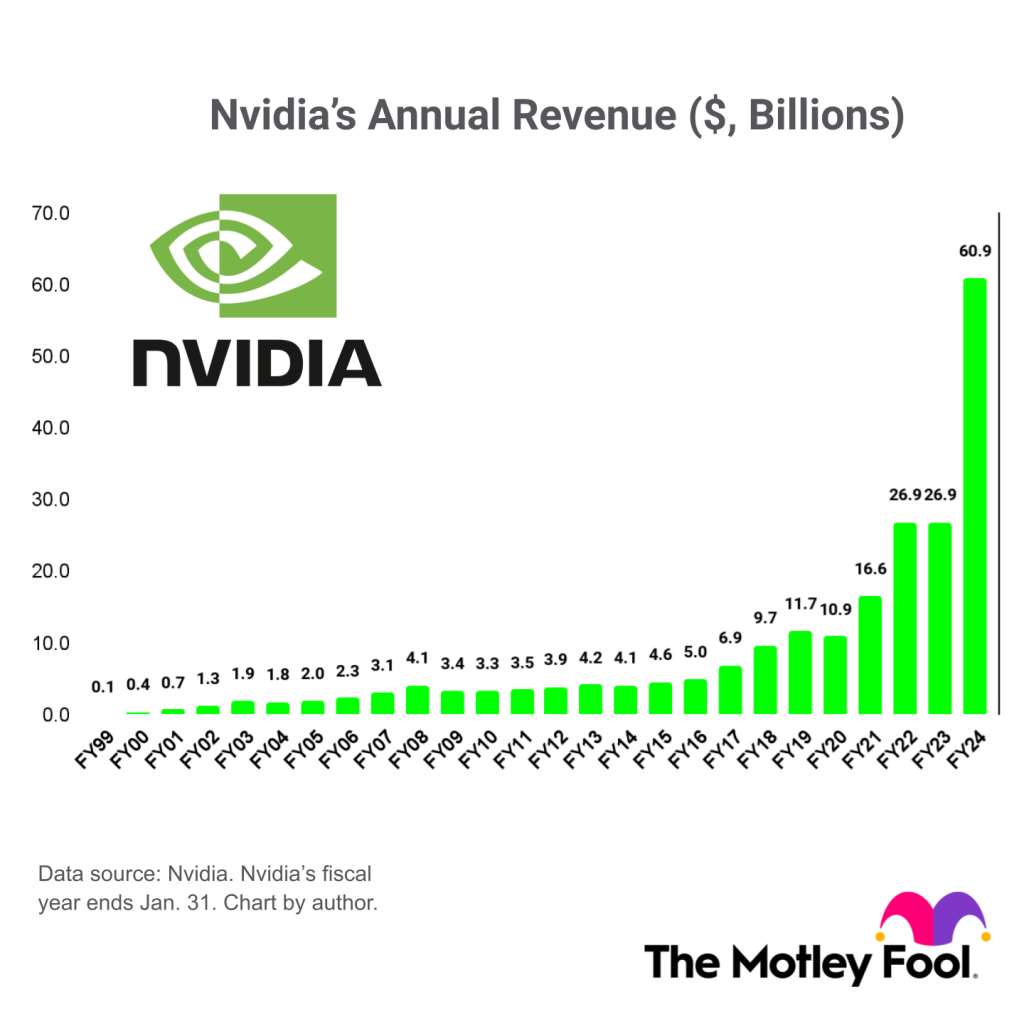
Nvidia has recorded sharp post-earnings swings in prior years. Big beats have sometimes led to big rallies. At other times, cautious guidance brought notable pullbacks. The stock’s history shows wide intraday and multi-day moves around earnings. That pattern arises because Nvidia’s growth story is tied to a few high-momentum markets. Investors thus react strongly to any sign that those markets could slow.
Long-term Outlook for Nvidia
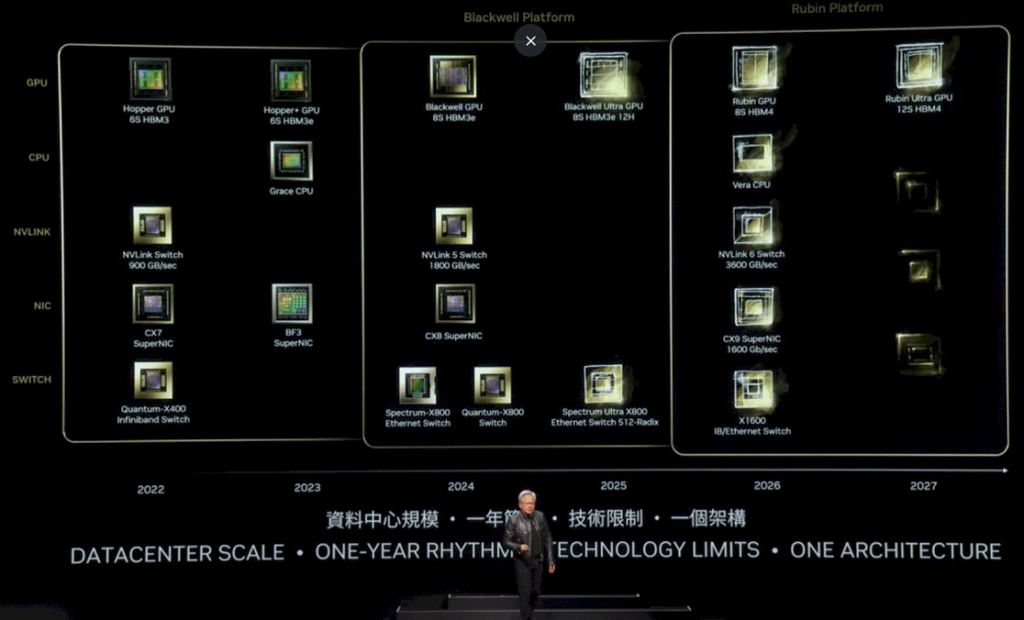
Nvidia retains a dominant position in GPUs and AI accelerators. The Blackwell architecture and data-center offerings continue to attract enterprise demand. Many industry forecasts still point to robust data-center capex over the coming years. New product cycles and cloud adoption should support revenue growth. Yet execution risk, competitive pricing, and geopolitical barriers remain material risks that could reshape near-term results. Analysts and institutional models now weigh those risks more heavily.
Key Upcoming Catalysts to Watch
Future product announcements could re-energize investors. Quarterly guidance and sales into hyperscalers will be crucial. Data-center capex trends and cloud vendor purchase patterns will also matter. Regulatory updates on exports or trade could change addressable markets. Earnings calls and management commentary remain the best short-term windows to judge demand strength. An AI stock research analysis tool or real-time data feed may help traders parse the signals more quickly.
Risks Investors Should Watch
Dependence on a handful of large customers is a key risk. Rapid shifts in data-center budgets could alter growth expectations quickly. Competition from AMD, Intel, and cloud providers building their own accelerators can erode margins. Supply chain disruptions and export restrictions pose geopolitical exposure. Finally, richly priced stocks can move violently when sentiment shifts. Risk management and position sizing are essential for holders.
What should Investors do now?
Assess the investment horizon first. Short-term traders may prefer to use technical signals and tighten risk controls. Long-term investors should focus on fundamentals and product roadmaps. Revisit thesis points such as market share, product leadership, and enterprise demand. Balance position sizes and consider dollar-cost averaging if conviction remains. Consult a licensed financial advisor for tailored guidance. This article is for information only and not financial advice.
Final Words
The five-day decline after the November 19, 2025, earnings report reflects a mix of tempered guidance, sector rotation, and broader market anxiety. Nvidia’s long-term structural advantages remain intact. Short-term volatility is high. Careful analysis and clear risk rules are crucial. The next few quarters will show whether recent weakness is a buying window or a sign of tougher competition ahead.
Frequently Asked Questions (FAQs)
NVIDIA’s stock is falling because the earnings report on November 19, 2025, showed slower guidance. Investors expected stronger growth. This created worry, and the stock dropped for several days.
The recovery depends on future demand, new product updates, and market conditions. Some investors expect improvement in the coming months, but the stock may stay volatile after the November 2025 report.
It may be a good time for some investors, but others may wait for clearer signals. The stock is still moving after the November 19, 2025, earnings report. Always check risks.
Disclaimer: The content shared by Meyka AI PTY LTD is solely for research and informational purposes. Meyka is not a financial advisory service, and the information provided should not be considered investment or trading advice.
